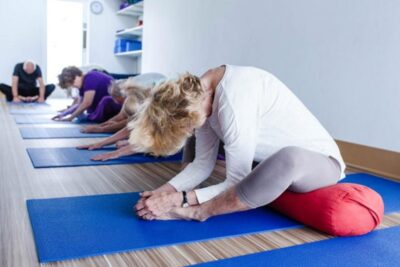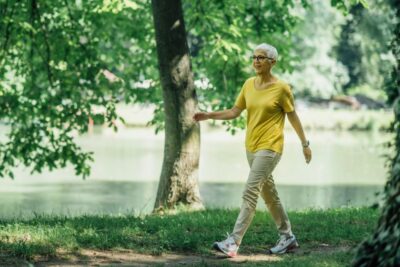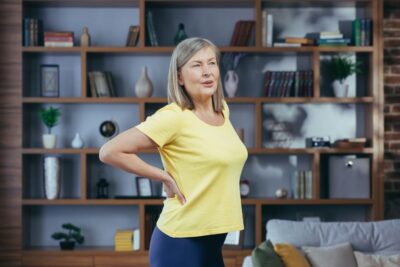 In the previous article, I wrote about the importance of accepting pain as an inevitable part of life. Whether we like it or not, when we accept anything, just as it is, it helps us respond to the situation with greater intelligence. We broaden our resources. But if we quickly react to pain (or anything we don’t like), there is a cascade of negative effects: our nervous system is triggered in a negative way, our focus narrows, and we reach for “quick fixes.” We grow impatient and important steps to a healthier body are avoided. No matter how urgent the situation, panic does not serve us well.
In the previous article, I wrote about the importance of accepting pain as an inevitable part of life. Whether we like it or not, when we accept anything, just as it is, it helps us respond to the situation with greater intelligence. We broaden our resources. But if we quickly react to pain (or anything we don’t like), there is a cascade of negative effects: our nervous system is triggered in a negative way, our focus narrows, and we reach for “quick fixes.” We grow impatient and important steps to a healthier body are avoided. No matter how urgent the situation, panic does not serve us well.
The Hidden Source of Pain
In this article, I’ll address the fact that pain and it’s source are rarely, if ever, in the same place. The class plans in Avita Yoga are systematic. They take the student on a journey, spiraling through the body, head to toe, in a way that leaves nothing out. We don’t chase the pain. We seek the source of the pain. Ida Rolf, a pioneer in bodywork, said, “The problem is never where the pain is.” Sudden trauma or acute pain is an exception. As time goes by, the place of impact heals, and you feel better. But over the long-term, there is a multitude of unconscious ramifications that take place in the body. It’s not acute pain, like that from the initial impact, that bothers most of us daily. It’s the chronic, ongoing pain that is most troubling.
Avita Yoga’s Unique Approach
Avita Yoga uses pain and bodily sensation as bread crumbs, clues that lead us closer and closer to the sources of chronic pain, where it can be resolved.
We point to the pain, assuming that’s where the problem lies. We try all kinds of therapies to make the pain go away—often attacking the same spot over and over, never realizing it could be a combination of physical, psychological, physiological, and even emotional reasons that contribute to the pain. Students will often decide to wean themselves off medication and “pain killers” as they tap into their inner healing recourses.
This is where Avita Yoga shines. People often feel better, but they’re not sure why. This is beautiful because it means we didn’t overanalyze our experience to figure out the problem. While we often make links to past events, we don’t need to know why. We want to feel better! Avita Yoga’s elegant sequences do the work while “we” stay out of the way. There is no single pose or “correct” way of doing any pose to solve the problem.
Remember, the pain is not the problem. Practicing the sequences with an open, willing mind makes all the difference.





